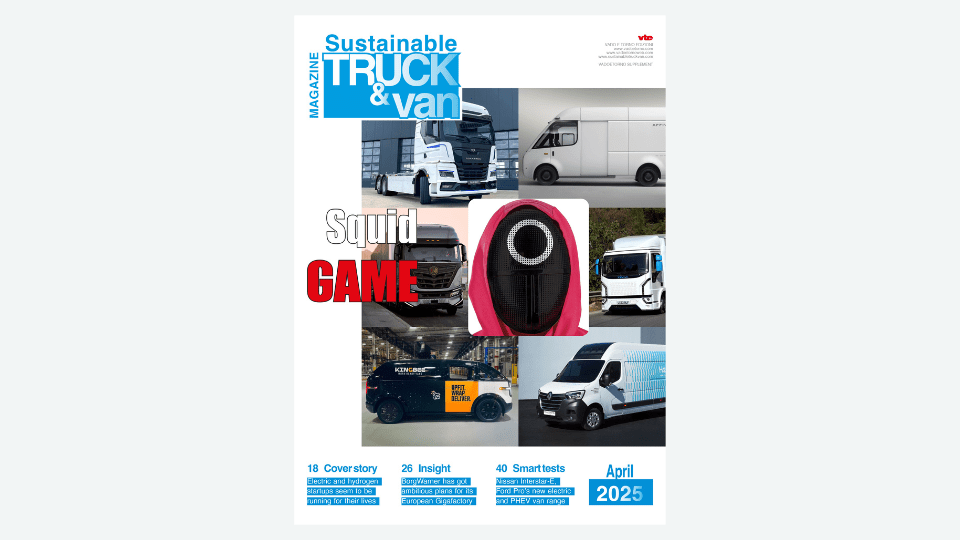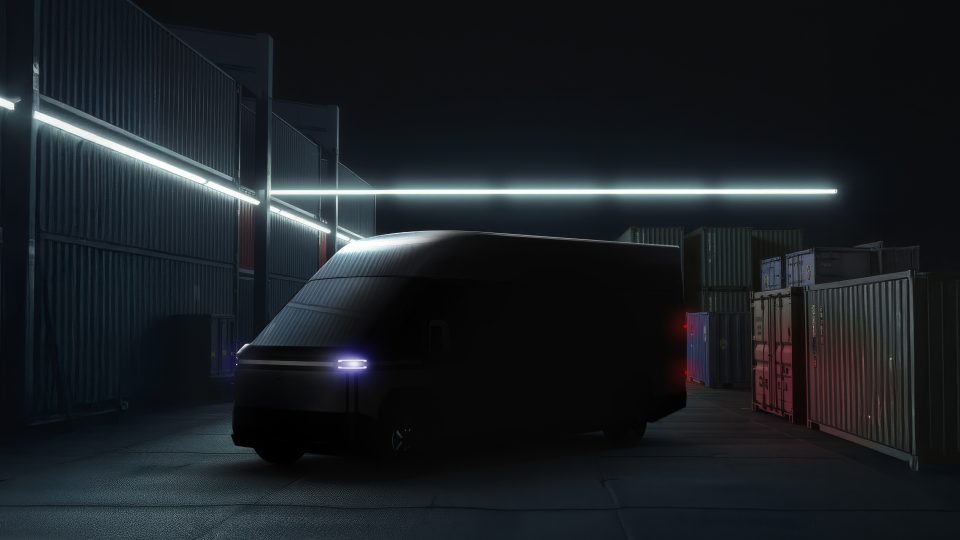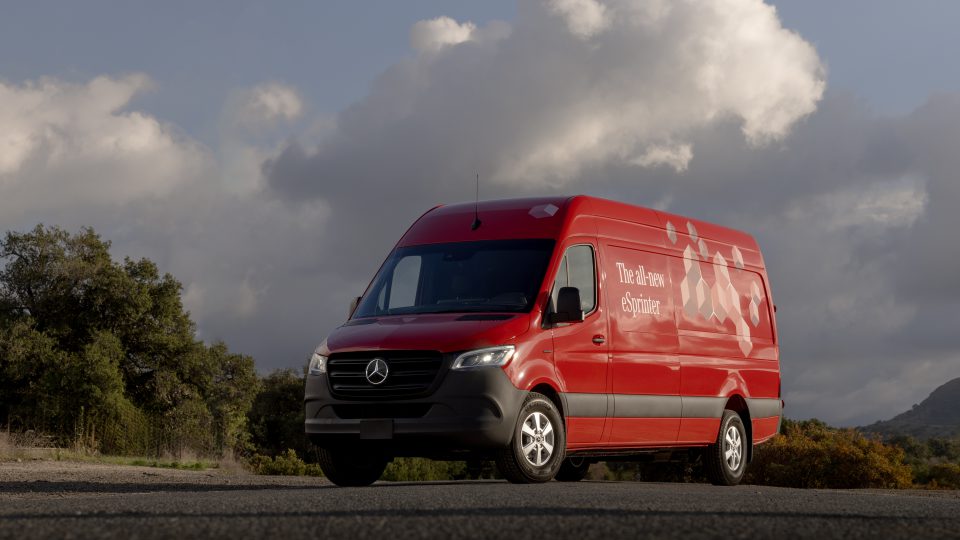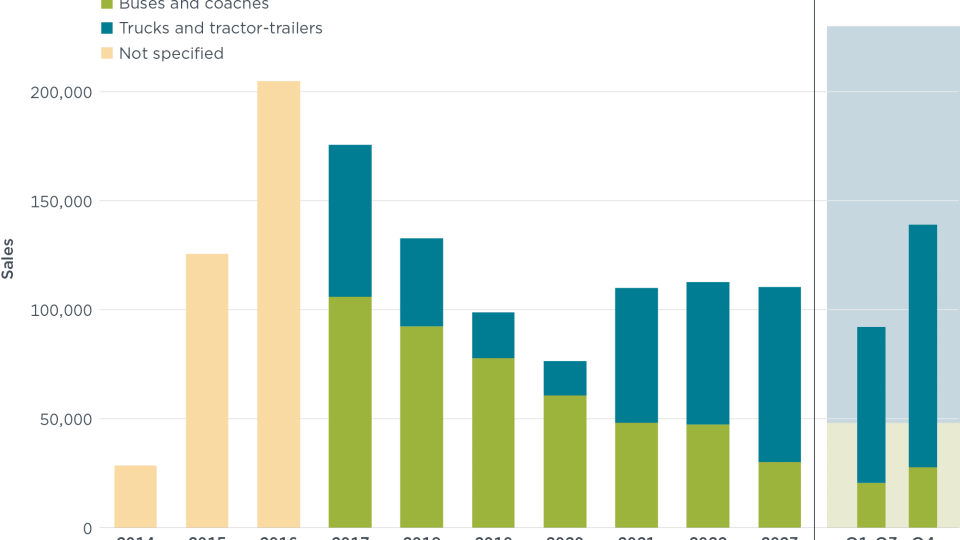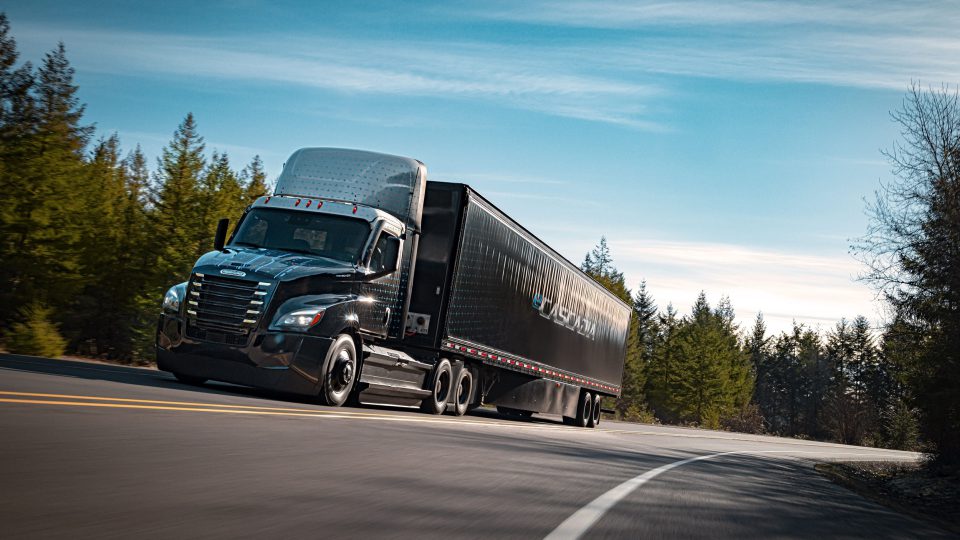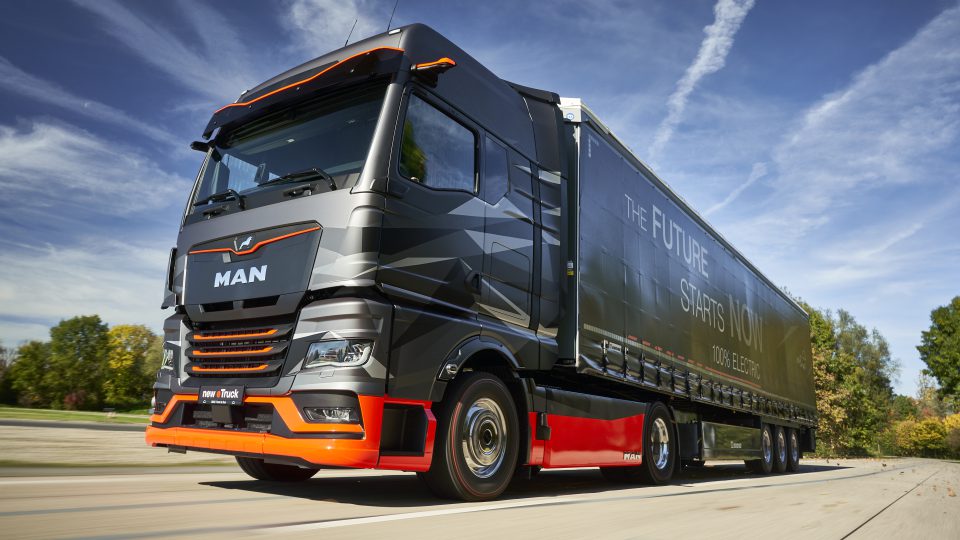Fit for 55, beyond the rumors. The European Commission proposes 55% net GHG reduction by 2030
The European Commission unveiled the so-called Fit for 55 package of proposals, aimed at reducing net greenhouse gas emissions by at least 55% by 2030, compared to 1990 levels. The first reactions from ACEA and Transport&Environment.
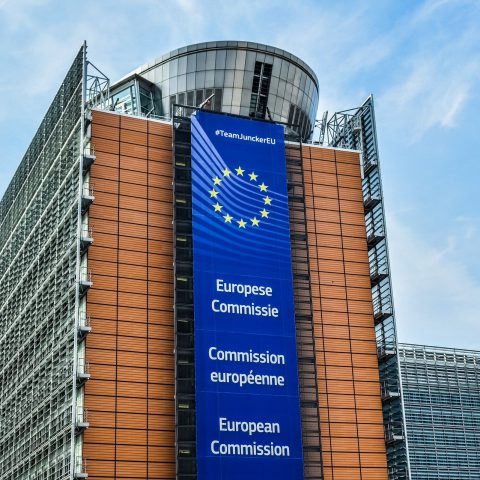
Today (14 July) is the day. The European Commission unveiled the so-called Fit for 55 package of proposals, aimed at reducing net greenhouse gas emissions by at least 55% by 2030, compared to 1990 levels. «Achieving these emission reductions in the next decade is crucial to Europe becoming the world’s first climate-neutral continent by 2050 and making the European Green Deal a reality. With today’s proposals, the Commission is presenting the legislative tools to deliver on the targets agreed in the European Climate Law and fundamentally transform our economy and society for a fair, green and prosperous future», reports the official statement.
Fit for 55: all new cars registered as of 2035 will be zero-emission
As for road transport, a combination of measures is required to tackle rising emissions in order to complement emissions trading. «Stronger CO2 emissions standards for cars and vans will accelerate the transition to zero-emission mobility by requiring average emissions of new cars to come down by 55 percent from 2030 and 100 percent from 2035 compared to 2021 levels. As a result, all new cars registered as of 2035 will be zero-emission. To ensure that drivers are able to charge or fuel their vehicles at a reliable network across Europe, the revised Alternative Fuels Infrastructure Regulation will require Member States to expand charging capacity in line with zero-emission car sales, and to install charging and fuelling points at regular intervals on major highways: every 60 kilometres for electric charging and every 150 kilometres for hydrogen refueling».
Emissions Trading System (ETS) to be revised
One of the main aims of the plan introduced by the European Commission today is related to EU Emissions Trading System (ETS), which puts a price on carbon and lowers the cap on emissions from certain economic sectors every year. The Commission now is proposing to lower the overall emission cap even further and increase its annual rate of reduction.
«The Commission is also proposing to phase out free emission allowances for aviation and align with the global Carbon Offsetting and Reduction Scheme for International Aviation (CORSIA) and to include shipping emissions for the first time in the EU ETS. To address the lack of emissions reductions in road transport and buildings, a separate new emissions trading system is set up for fuel distribution for road transport and buildings. The Commission also proposes to increase the size of the Innovation and Modernisation Funds».
Reactions from ACEA, the European Automobile Manufacturers’ Association
We report here also some quite relevant reactions coming from international associations or organizations to the package of proposals communicated by the EU Commission. Let’s start from ACEA, the European Automobile Manufacturers’ Association, which is is eager to study the full details of the proposals. «Carmakers are committed to bringing emissions down to zero. All ACEA members support the target of climate neutrality by 2050 and invest billions of euros in innovative and sustainable technologies. However, banning a single technology is not a rational way forward at this stage – especially when Europe is still struggling to get the right enabling conditions in place for alternatively-powered vehicles», stated ACEA. «The proposed CO2 reduction target for cars of 55% by 2030 (based on 2021 levels) will be very challenging, and certainly requires a corresponding binding target for member states to build up the required charging and refuelling infrastructure. Moreover, the new CO2 target will significantly speed up the structural transformation of the automotive value chain, requiring careful management to minimise the impact on our economy and jobs».
Targets for charging and refueling infrastructure
«All options – including highly efficient internal combustion engines, hybrids, battery electric and hydrogen vehicles – must play their role in the transition to climate neutrality, particularly as we work to reduce the carbon footprint of the whole vehicle fleet on the street, so not only of new vehicles. It is not the internal combustion engine that is detrimental to the environment, but fossil-based fuels. Without the availability of renewable fuels, a 100% reduction target in 2035 is effectively a ban of the internal combustion engine».
It is not the internal combustion engine that is detrimental to the environment, but fossil-based fuels
ACEA
On the other hand, «ACEA is pleased to note that the package includes binding targets for the deployment of charging and refuelling infrastructure, addressing the requirements of all vehicle types – not only those of cars, but also vans and heavy-duty vehicles. However, on a first view, ACEA is very concerned that the targets fall far short of what is required, with a worrying reference to just 3.5 million charging points by 2030. According to recent Commission calculations a further decrease of car CO2 emissions to -50% in 2030 would require some 6 million publicly-available charging points».
Reactions from Transport&Enviroment
The international organization Transport&Enviroment, namely William Todts, executive director, commented: «This is a turning point for the auto industry and good news for drivers. The new EU rules will democratise electric cars and give a major boost to charging, meaning clean cars will soon be affordable and easy to charge for millions of Europeans. The problem is carmakers will only have to start selling those cleaner cars in 2030. Our planet cannot afford another nine years of big talk but little action from the auto industry».
According to T&E, interim CO2 targets from 2025 will be needed to ensure carmakers ramp up production of emissions-free vehicles earlier, driving down costs and generating more consumer buy-in – just like Henry Ford did a century ago. In the last 18 months, the EU’s 2020-21 targets have sent electric car sales soaring, allowing many Europeans to buy their first EV. But T&E warned that a weak CO2 target of -50% for vanmakers in 2030 will do little to drive electrification of the fastest growing road polluter.
Emissions-free trucking gets a big boost through new targets for e-truck chargers on motorways and in major cities
Transport&Environment
Targets for charging points
There will be new targets for both electric car and e-truck charging points from 2025. Under the plan, EU countries will have to ensure there is sufficient charging capacity for the number of electric cars on the road, so that drivers can be confident they can charge wherever they live and work, and even when they holiday across borders. Emissions-free trucking gets a big boost through new targets for e-truck chargers on motorways and in major cities.
«For the first time the EU is signalling the future of trucking is emissions-free. It’s requiring states to start building the chargers that will power the trucks of the future. This is great news», added William Todts.



